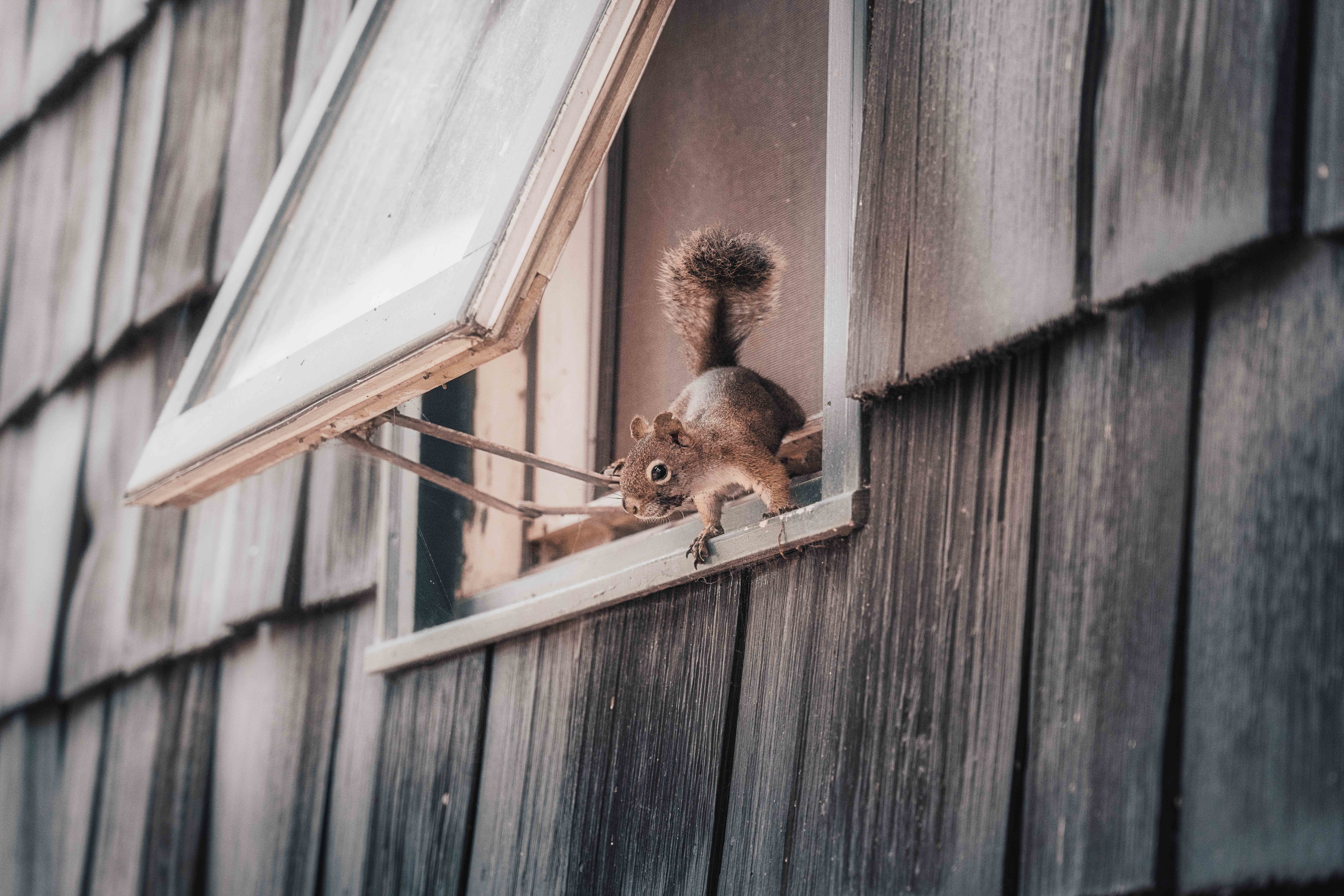
Budget for termite treatment costs based on factors such as termite type, infestation size, inspections, treatment type, labor, and more.



From average costs to expert advice, get all the answers you need to get your job done.

Budget for termite treatment costs based on factors such as termite type, infestation size, inspections, treatment type, labor, and more.

Budget for termite inspection costs based on factors such as treatment type, property size, inspection type, severity, documentation, and more.

Who to call for wildlife removal? Learn when to hire wildlife removal specialists or animal control and how pros safely handle critters

Who to call for a cat stuck in a tree? Call an arborist, not 911. Learn why an arborist beats animal control and how rescues work

earn who to call for fox removal—wildlife removal service or animal control—plus costs, safety, and steps so you can choose the right help.

Find out who to call to get rid of a hornet's nest. Compare hornet nest removal pros vs exterminators and get safe, expert guidance today.